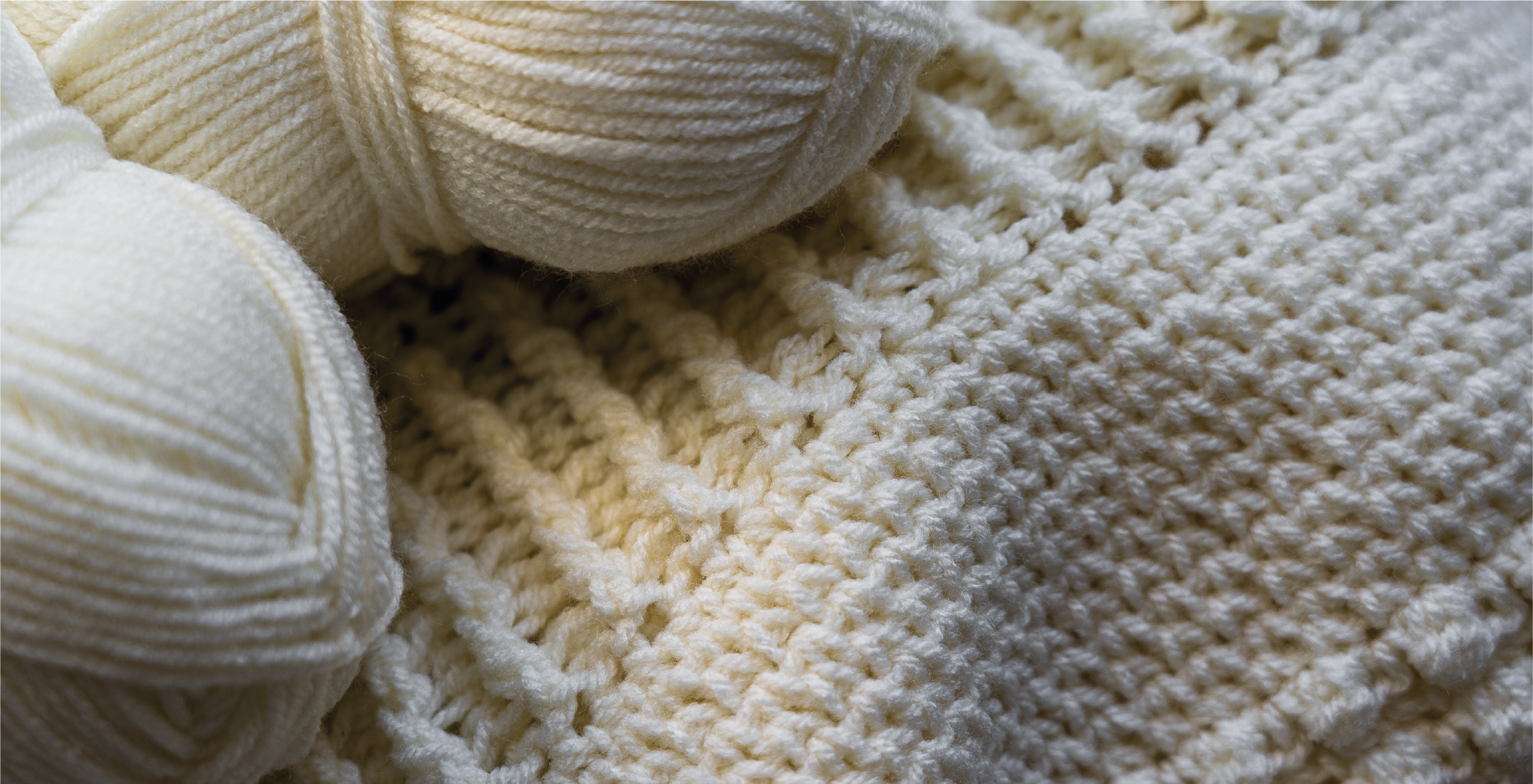Alpaca, what do you know (really)?
Alpaca is an animal (yes)
Alpacas are very similar to llamas, and for good reason, they are their cousins. *Its natural habitat is located on the Andes mountain range, on the high plateaus, between 3500 and 4500 metres above sea level! What is exceptional at this altitude is that the temperatures vary between -20°C and +30°C! Alpacas must therefore be able to adapt. Its fur keeps it warm and lets it breathe (not to say sweat) without getting wet, which prevents it from catching cold!
Of course now there are farms all over the world, but at BellePaga we prefer to work with farmers in Peru and Bolivia to respect the countries of origin, and for the much higher quality of the wool.
He is often confused with his cousin the lama, but the alpaca is smaller and cuter with its furry face or its puff on the forehead! And fortunately, thanks to his small stature, he is raised only for his wool while his big cousin is enrolled in the transport!

Respect is respected
When we talk about breeders, they respect the animal, which is a value we promote. Alpaca is sheared once a year, usually around May or June. This allows alpacas to be lighter during hot periods. An alpaca produces about 2.5kg of wool each year. This makes alpaca fibre one of the rarest. In comparison, world production of alpaca wool is 4,000 tonnes per year, angora 8,500 tonnes per year and sheep wool 500,000 tonnes per year.
Alpacas are environmentally friendly animals (yes yes, the ecological movement affects everyone). In fact, alpacas have pads on their legs, unlike goats, for example, which have hooves. As a result, the environment is not destroyed because they do not destroy the soil. Any more positive points? OK: alpacas cut plants for food (unlike goats that pull them out). As a result, the vegetation can grow back, and feed it again and again and again (you see the principle).
A last dose of respect: its wool does not require aggressive washing since it is not greasy and the great diversity of its natural shades very often makes it possible not to use chemical shades, which helps to preserve the environment and your skin.
A superstar
Did you know that alpaca was already very famous in the pre-Incas era? That's right! The properties of this exceptional wool were already known. At that time, this fleece was reserved for the most important people in the company.
Just one more piece of information (it never stops), there are officially 22 different natural shades (some say more than 200), from off-white to dark brown, from white to black to grey! It allows you to have lots of colors without even having to dye them! When the craftsmen we work with dye the wool, it is always with natural pigments in order not to damage the skin.
Now that the stage has been set, let's get to the heart of the matter.
Why is alpaca fibre exceptional?
(Already because alpaca is so cool) Especially because the list of properties of this fleece is long, long, long, very long...
Let's do it! Let's do it! I think we need to talk about the different characteristics one by one
1) Alpaca fibre is softer, warmer, stronger, lighter than sheep's wool or cashmere. We detail:
Softer Well, yes, that's the way it is.
Hotter To be precise, 7 times hotter than sheep's wool !
And it's not even the best, it keeps warm. OK, but you don't sweat in it because of the thermoregulatory properties due to the original alpaca environment!
More resistant (4 times more than sheep's wool) Moreover it does not pilling !
Fire retardant: It does not catch fire in contact with embers unlike synthetic materials
Odourless: No more wet wool smells!
Lighter, It is one of the finest fibres in the world ! (We even have figures to show that we are not talking nonsense) The average diameter of alpaca fibre is 21 micrometers while that of cashmere is 17 micrometers.
Ecological, Alpaca has a very low ecological footprint unlike cashmere goats. Indeed, its wool must not be treated with chemicals, and it has small pads at the bottom of its legs that do not plough the land, and it only feeds from the top of the plants without pulling out the roots, and its wool is completely biodegradable.
Alpaca wool is hypoallergenic! It does not contain lanolin: the fatty substance in the animal's hair that causes allergies (which is found in all other wool). This substance requires that the hair be treated with chemicals before it can be used as yarn. This is not the case with alpaca. No allergens or chemicals. You can therefore wear alpaca clothing directly on your skin.
The fact that lanolin is absent from alpaca also means that you don't feel this scratching sensation on the skin (you know what I'm talking about?).
And because it's for you, some useful tips to take care of your alpaca clothes
As with all wools, hand washing is recommended, however, alpaca wool is more resistant than others. Which is great for you because you can wash your clothes in your washing machine in wool or delicate program.
If you wash your alpaca clothes and scarves by hand, use a mild shampoo (weird idea?), it will keep your clothes soft.
For drying (and yes all steps are important), do not put your clothes in the dryer, it will prevent them from deforming. The best way is to let them dry slowly flat.
I hope now you're an expert on the subject! At BellePaga we respect animals, and craftsmanship is very important to us.
So if you have any questions, comments... you can contact us via our Facebook page, don't hesitate to follow us.
Come and try it, we have something for everyone: socks, scarves, jumpers... and of all colours!





